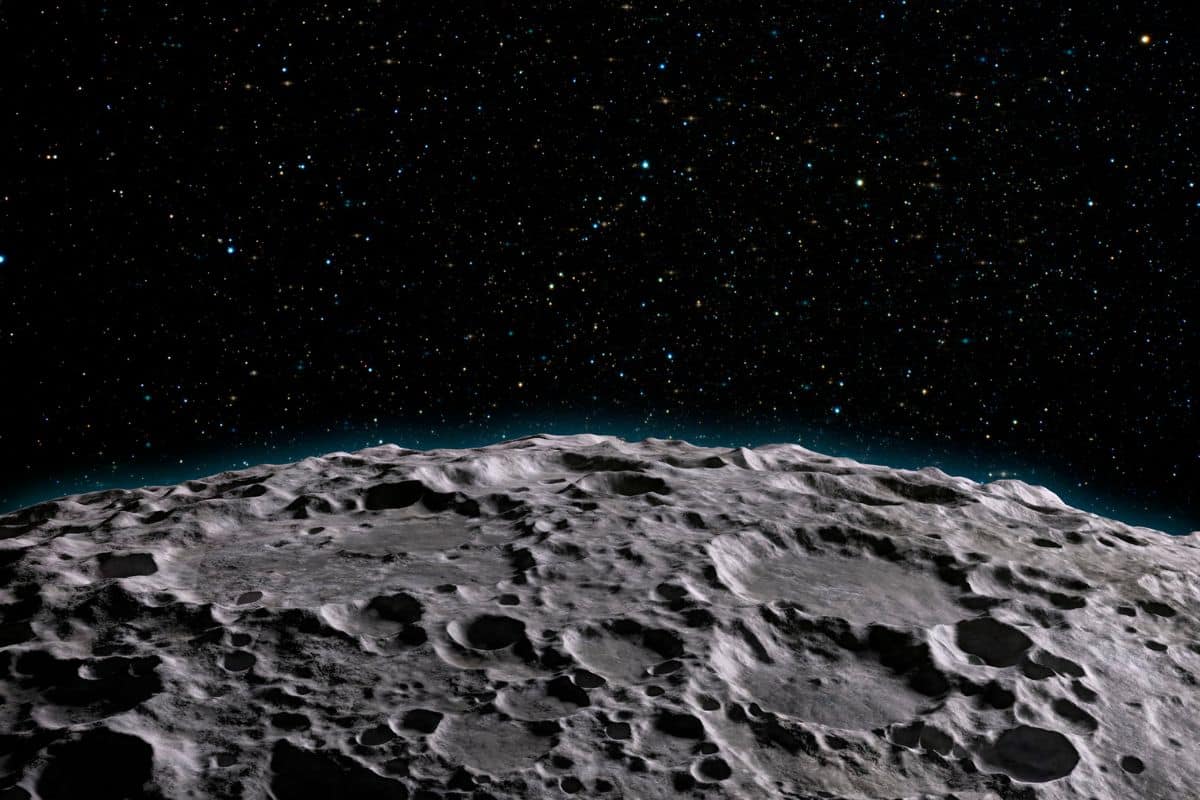
A privately funded lunar lander has recently transmitted stunning visuals of the Moon’s far side, providing an extraordinary opportunity to explore a region that remains concealed from Earth’s perspective. The Blue Ghost spacecraft, managed by Firefly Aerospace and financed through NASA’s Commercial Lunar Payload Services (CLPS) initiative, is gearing up for a landmark landing in Mare Crisium on March 2.
Exploring the Moon’s Hidden Side
For centuries, the far side of the Moon has remained shrouded in mystery. Unlike the near side, characterized by expansive, dark plains, the far side is dotted with numerous craters and shows significantly less volcanic activity. The footage returned by Blue Ghost showcases this rugged, crater-laden landscape in remarkable detail.
The spacecraft executed a precise orbital maneuver, igniting its engines for over three minutes to transition into a lower elliptical orbit around the Moon. During this critical adjustment, it captured breathtaking images from a height of about 120 km above the surface.
The high-definition imagery emphasizes the stark differences between the cratered terrain and the expansive lunar highlands, illustrating just how unique this region is compared to the familiar side visible from Earth.
Landing Preparations Underway
While in lunar orbit, Blue Ghost is carrying out a series of controlled burns to gradually descent closer to the lunar surface. The lander is equipped with 10 scientific and technological payloads aimed at investigating various facets of the lunar environment.
Scientists are focusing on the Moon’s electric and magnetic fields, employing specialized instruments to map their intricate structure. Additionally, a significant experiment will involve capturing X-ray images of Earth’s magnetosphere, which may improve our understanding of the Moon’s interaction with Earth’s space climate.
NASA is leveraging this mission to assess new lunar technologies. The lander will evaluate the performance of radiation-resistant computing systems in deep-space conditions, as well as the efficiency of dust mitigation strategies—crucial elements for upcoming manned missions. It will also test methods for regolith sampling, aiding future projects for lunar resource extraction.
Countdown to a Groundbreaking Landing
Blue Ghost is anticipated to touch down in Mare Crisium on March 2, selected for its scientific significance and relatively smooth terrain. The lander is expected to function for 14 days before powering down due to the severe cold during the lunar night.
On March 14, it plans to capture a total eclipse, during which Earth will obstruct the Sun from the Moon, providing valuable data for scientists to analyze temperature variations on the surface.
On March 16, merely two days later, the lander will witness a lunar sunset, studying how electrically charged dust behaves—an important phenomenon that may influence future lunar expeditions.
The Significance of This Mission
The Blue Ghost mission transcends a mere demonstration of technology; it marks a significant advancement in NASA’s efforts to partner with private enterprises for lunar exploration. Via the CLPS initiative, NASA is assigning commercial entities the task of transporting payloads to the Moon, a strategy designed to minimize costs and expedite scientific advancements.
Firefly Aerospace and other private space companies are demonstrating that commercial space exploration can facilitate deep-space missions in ways once solely reliant on governmental efforts.
The discoveries from this mission will contribute significantly to NASA’s Artemis program, which aspires to return humans to the Moon and establish a sustainable human presence there. The mission’s outcomes will also influence future initiatives to build lunar bases, extract resources, and support long-term explorations beyond Earth’s orbit.









